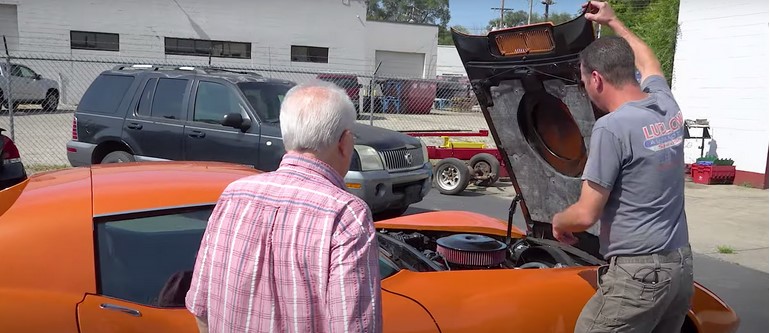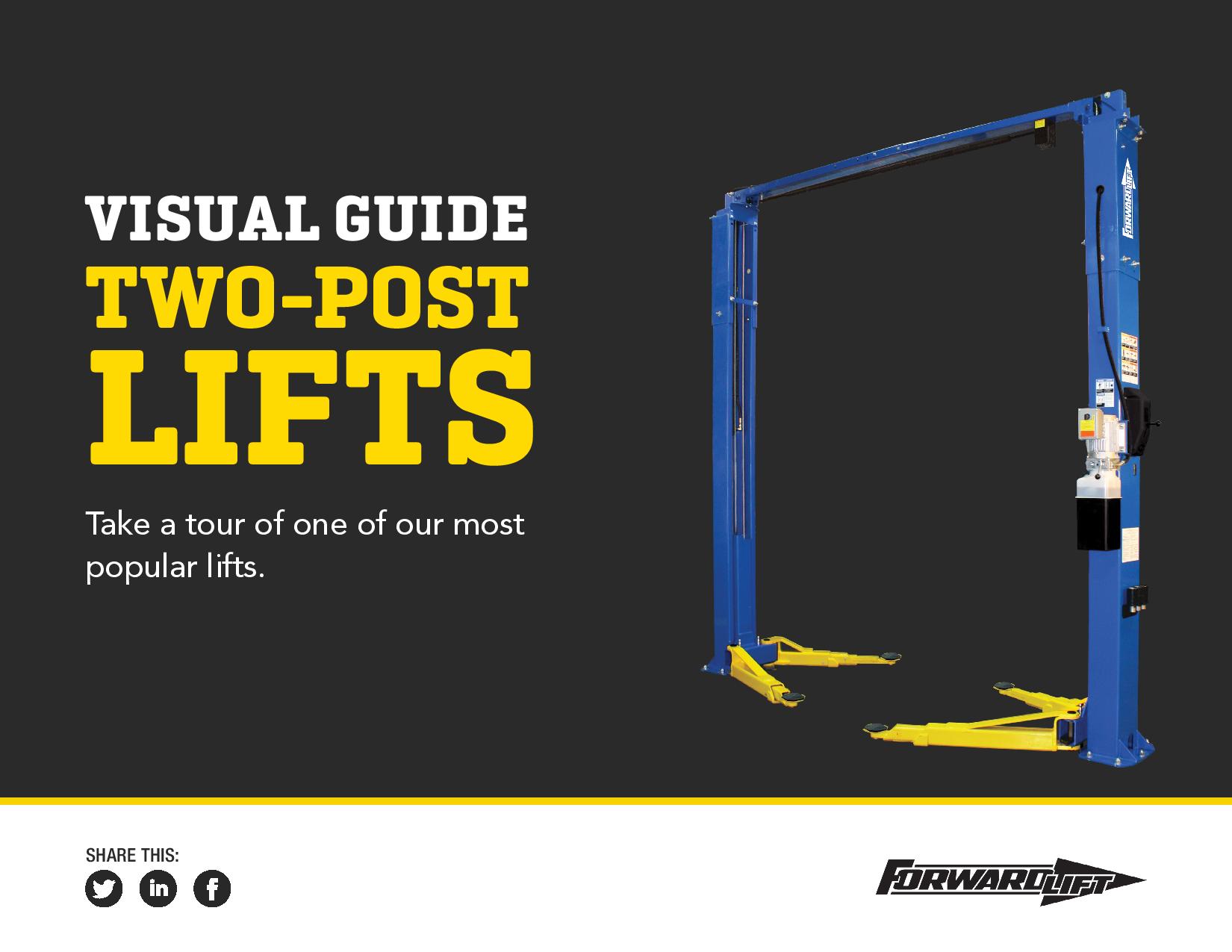Facilitating a positive customer experience is important for the success of any business. For auto shops, putting extra thought into your customer experience can help build trust that translates into long-term customer relationships and even referrals. The good news is that you don’t necessarily need to invest a large amount of money or time to show your customers that you care. Little things make a difference too. Here are three ways you can help customers leave your shop feeling good (no matter how the repairs went).
1. Designate clear customer areas within the shop or office.
Dealerships usually take this tip to the extreme, with decked-out coffee bars, kids’ areas, and entertainment—but you don’t have to. The most important thing you need to give your customers is clarity: Where should they wait? Where do they pay and whom do they talk to if they have a question?
People generally understand that shops are busy, with lots of things happening at once. They want to stay out of the way, but they also want to know what’s going on. Something as simple as adding a sign on your building that says “Customer Entrance” or “Check in here” can help. Set out some chairs if they’re welcome to sit and wait. Make it easy to reach a mechanic or office staff by keeping someone at the desk full time or adding a bell or buzzer they can ring if needed. If they aren’t waiting, make sure that they know which number to call if they need something.
When you remove the opportunity for confusion over basic questions, it makes it easier for you to focus on getting the work done quickly and to the best of your ability.
2. Be transparent, and communicate as much as possible.
Whether you’re communicating face-to-face, over the phone or through documentation, it’s important to be thorough and direct but polite. For example, most customers are more likely to pay for a service if they understand why it’s important and what the service entails. Be sure to explain the details, and be confident in what you think your work is worth. If you or a team member made a mistake, own up to it and come to the discussion with a solution in mind.
It’s also important to remember that communication works both ways. A customer can always tell whether or not you’re really listening to them or noticing them. Even when you’re moving fast, take the time to look a customer in the eye, introduce yourself and thank them for their business. Those extra details will come in handy should you need to have a difficult discussion later.
Lastly, thorough documentation that covers the services performed, the itemized payment and who completed the service is a good business practice in general. Down the road, these documents could be used to help keep track of a customer’s routine maintenance, help you analyze your productivity and operations, or even protect you in the event of legal action.
3. Consider the wholistic experience—before, during and after service.
So far, we’ve discussed what goes on at the shop itself, but the biggest key to providing a great customer experience is considering the bigger picture. Imagine that the customer experience begins the moment someone decides they want to get their oil changed. What appears when someone in your area searches online for “oil change near me”? Does your shop show up? Is it easy for someone to schedule an appointment? Continue step by step through the process from the customer’s point of view—from the time of making an appointment to the moment they get home after leaving the shop. Are there any gaps in communication or things that could be improved?
The point of this exercise is to help you identify areas that need attention before you waste time or money making unnecessary improvements. In fact, maybe you’ll want to try this exercise once per year or even once per quarter to keep things fresh. And after you implement some changes, don’t forget to ask your customers for feedback.
Of course, the most important thing a shop can do is provide safe and reliable repairs and services. But for customers who might not know the difference between good repairs and bad ones, customer service is the thing that can really put your shop in high demand. Strive for quality service in every aspect of your business, and you can’t go wrong.
If you want to see good customer service in action, check out episode 9 of Fast Forward Garage, our original web series. Follow along as the crew at Ludlow Automotive and Speed Shop completes the restoration of a ’67 Corvette. Don’t forget to check out all the episodes on our YouTube and Facebook pages.


